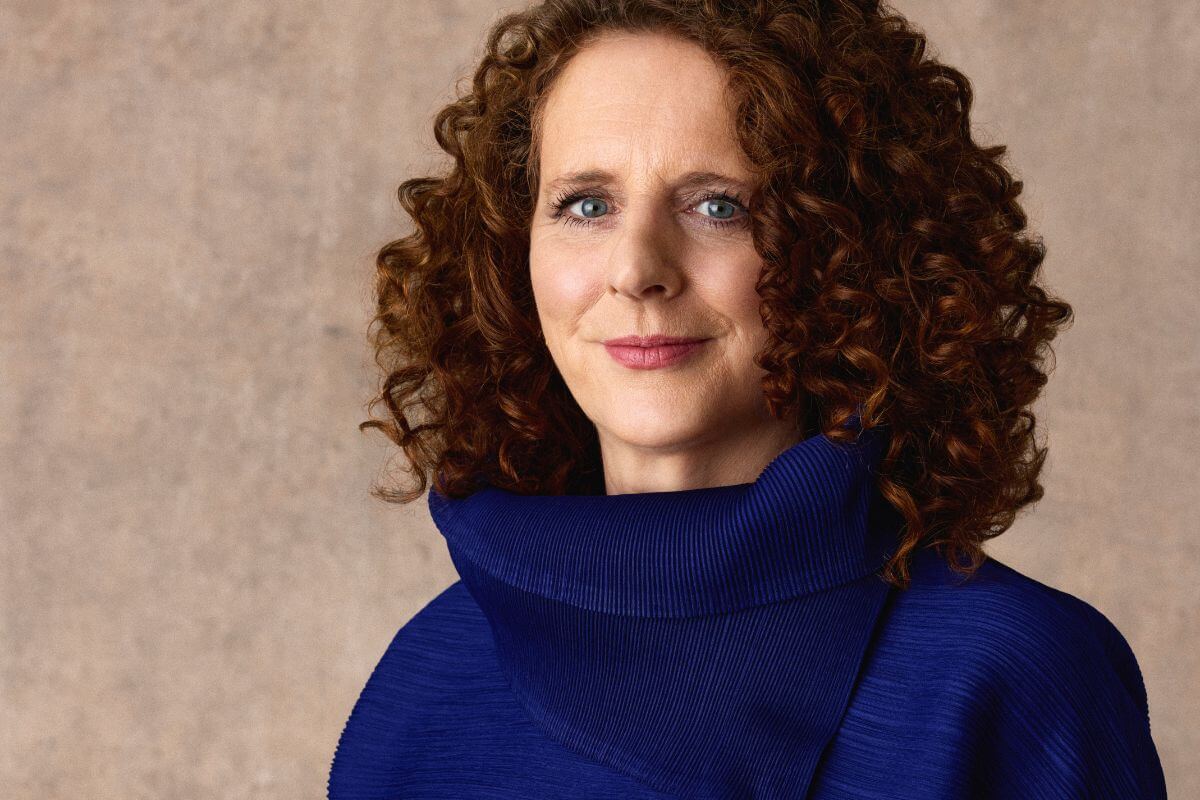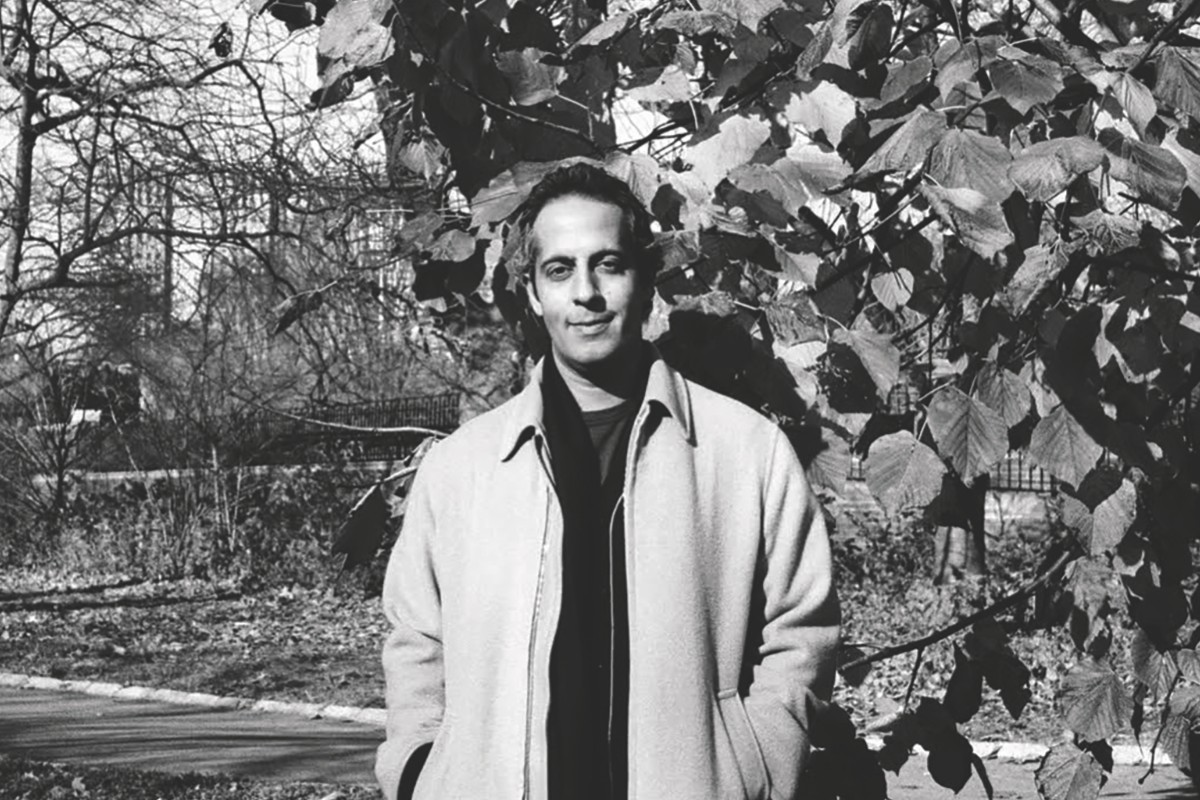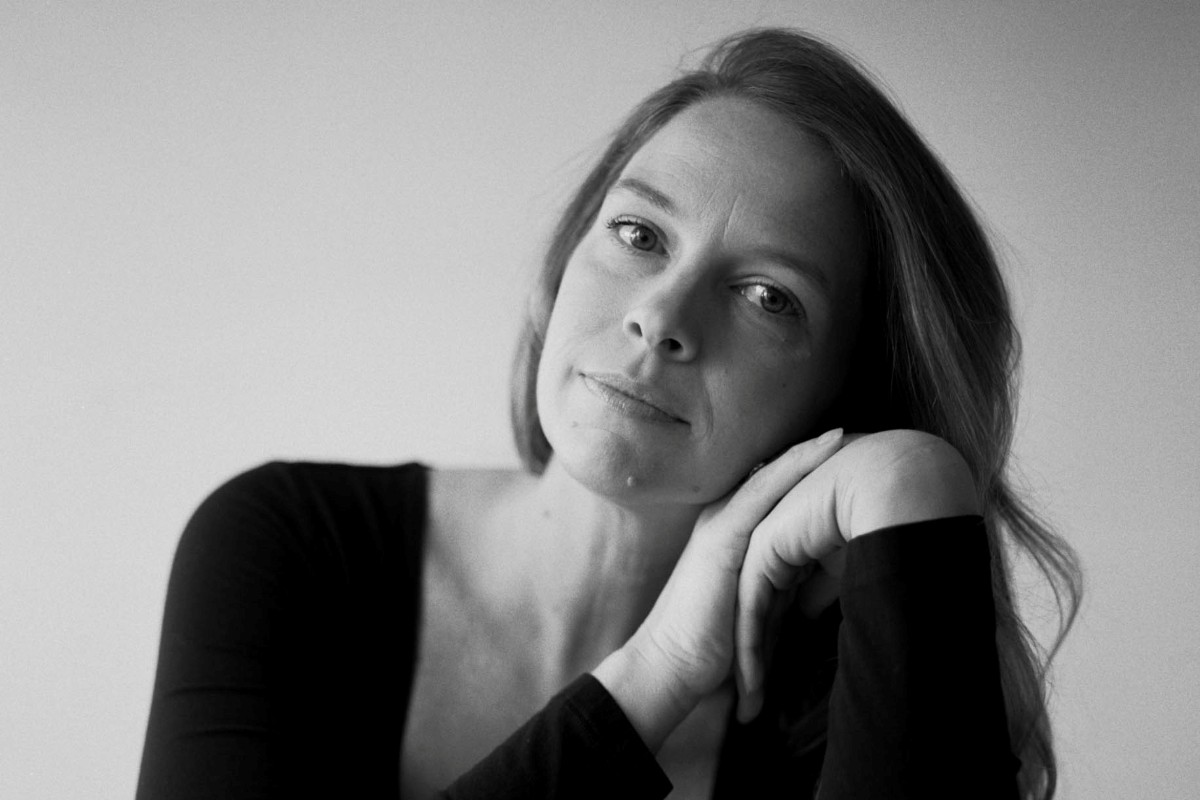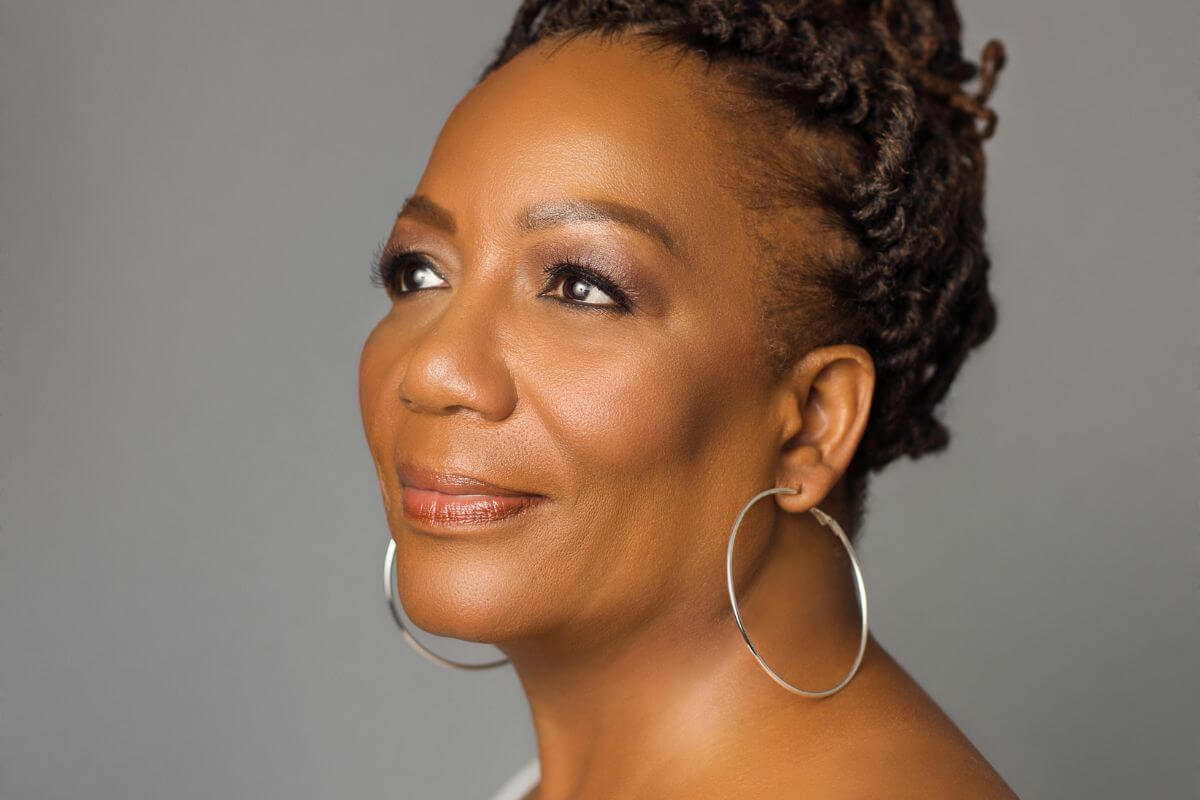Arguably, the most crucial phase of writing a successful novel happens in the editing phase. While drafting is essential to get to this point, your first draft is the clay and the editing is the molding. As a new novelist though, it can be confusing to decide where to start in the editing process. If you’re planning on querying agents and going the traditional route, the editing process will look a bit different than it would if you’re choosing to self-publish and seeking to hire an editor (or editors) to see you through to the finish line. Here, we’ve broken down all you need to know to ensure you’re on the right path to making your book as great as it can be.
Self Editing
Before you think about hiring anyone (or querying) it’s important to evaluate your work for yourself. Though this level of self-reflection is a skill built over time, the exercise is essential from your first book to your last. With particular regards to your first book, odds are it has taken you months–if not years– to reach “The End”.
In this time, a lot of changes have transpired in your story. What the story was when you began may have evolved over time. It’s essential that you read your own book from start to finish to look for the corrections you can make yourself. Afterall, why pay for someone to point out the things you could change for yourself?
Where to start:
- Do a full read through. If you can, read your book from start to finish as if you were a reader. Try as hard as you can not to get lost in line editing, tweaking and prose. Digest the overall story, making notes on the side for what you’d like to go back and work on.
- Try not to focus on copyediting. Tempting as it may be to tweak each and every word, this first pass through should be centered around the big picture items. Plot holes, characters, pacing, and deciding what can be cut and what needs more massaging.
- Think about the themes and messaging. Ask yourself questions like: “What am I trying to get across?” “How do I want my readers to feel?” “What are the themes that encapsulate my story?” As you’re reading, challenge yourself to wonder if your intentions are being met scene by scene.
While there are a lot of ways to self-edit, it’s important that before you hand your manuscript over to someone, that you’ve done as much of the work as possible to get it as good as you can.
Beta Readers
We have a whole article on beta readers alone that you can read here. But we’d be remiss if we left this part out of the process. If you are intending to query your manuscript to agents, it is NOT recommended that you hire an outside editor first. However, that doesn’t mean you can’t get some feedback.
Beta readers are a collection of personal contacts willing to read your novel for free and provide some feedback. These can be people in your writing group, fellow writers, teachers and friends. Though it is not recommended that you go to your very personal contacts (they tend to be overly glowing and less constructive), these people are likely to be outside the sphere of professional publishing, but perhaps have a good idea of how to assess a book. They might be avid readers or writers themselves.
In order to make the most of this experience, craft questions for your beta readers to keep in mind as they read. Once you’ve received all your feedback, look for areas where your beta readers were all in agreement. Perhaps they all felt the end fell flat. Or maybe they were all wondering what happened to a character from the beginning who never resurfaced. These high level items that are easy to miss when you’re in the thick of writing is where your beta readers can come in handy.
Developmental and Substantive Editing
Once you enter into the phase of actually working with an editor, there are a lot of different types of editing you’ll experience. Developmental editing is the first of these stages. If you’ve arrived here, you’ve either landed with a publisher or you’ve decided to venture into the world of independent publishing.
Developmental and substantive editing are both key stages in the book editing process that focus on the big-picture aspects of a draft. The main focus of these two editing styles is to make your writing coherent, well-structured, and engaging to the audience.
Developmental Editing
Developmental editing, often called structural editing, helps authors analyze the overall structure, narrative flow, and content within their book. When an author is in the developmental editing stage, the fundamental elements being addressed are:
- Plot
- Character Development
- Setting
- Themes
- Pacing
Through investigating and resolving these aspects of the book, you can work through deeper issues in your draft like plot holes, weak characters, and inconsistent pacing.
Developmental editing often leads authors to do significant rewriting and reorganizing, to ensure that their book is constructed in a way that communicates the intended message to their audience.
For a deeper look into how authors tackle developmental editing, Brandon Sanderson has a one-hour lecture on editing for plot and character arcs. This video showcases how Sanderson has plotted several of his New York Times bestselling novels and how much his works have changed from the first to the final draft through developmental editing.
Leigh Bardugo has also talked about how she writes and edits to develop her characters and gives amazing advice.
Developmental editing can (and should) be done in the self-editing phase, but a fresh set of well-trained eyes are crucial to get your story running on all cylinders.
Substantive Editing
Substantive editing is similar to developmental editing and can sometimes overlap, but it instead focuses on big-picture content at a more detailed level. Some of the main aspects substantive editing covers are:
- Chapter Organization
- Scene Development
- Flow of Ideas
Substantive editing will focus on ensuring that each chapter, scene, and character serves a purpose. It will also iron out big transitions and keep the reader’s interest through smooth storytelling.
Remember: Substantive editing is about consistency in tone and style throughout your book.
Content Editing
Content editing, similar to substantive editing, focuses on refining the content of your draft. This refinement is to ensure coherence, clarity, and overall quality throughout the work. When you’re working with a developmental editor, developmental, structural and content editing will all likely be addressed by this one person. But if you’re seeking to hire, ask specifically about each of these aspects.
When going through the content editing process, the focus will be on the following:
Structure
By refining the narrative flow and structure of your book, content editing will help keep your audience invested in the story. This will also ensure that your story has a solid structure, with a clear beginning, middle, and end. This coherence makes a book easier to follow and more satisfying for your audience to read.
Style
Content editing looks at your writing style and assesses whether it is appropriate for the target audience and genre. Within the style portion of content editing, you make changes to improve readability and engagement.
Narrative Elements
By addressing narrative elements like character development and plot consistency, content editing helps create a well-constructed plot and relatable, believable characters. This part of the editing process will enhance the emotional impact and depth of your story.
Read here to get four dialogue writing tips from New York Times bestseller Emily Henry, about writing dialogue that fits within the tone and mood of your novel.
Line Editing
Line editing is an essential step in the editing process that focuses on refining the style, language, and readability of a draft. Unlike developmental editing and content editing, line editing is focused specifically on the words you’ve written. Line editing covers:
- Sentence Structure
- Word Choice
- Clarity
- Flow
- Style and Tone Consistency
- Pacing
For a full tutorial on how to line edit, Reedsy provides a detailed tutorial for those seeking information on editing, writing, and illustrating their works. Read here for more.
Copy Editing
Copy editing is one of the most important stages within the book editing process, as it focuses on correcting errors in grammar, punctuation, and syntax. Through copy editing, you can ensure that your draft is consistent and accurate from beginning to end. Unlike the former editing types, the goal of copy editing is to zero in on the technical details to make your writing precise, professional, and clean. Copy editing focuses on the following errors:
- Grammar and Syntax
- Spelling and Punctuation
- Consistency
- Clarity/Readability
- Accuracy
- Formatting
A great source for writers to ensure that their work is error-free is Grammarly. Grammarly offers both a free and premium version that guides you through this process as you write.
Proofreading
Proofreading focuses on finding and correcting any remaining errors from the previous editing rounds. This editing step is essential to ensuring your final draft is flawless before you send it off for publication.
What Proofreading Entails:
- Looking over grammar, spelling, and punctuation one last time.
- Checking for consistency in formatting and style.
- Reviewing the page layout and design
All of these pieces come together to ensure that your final draft is professional, readable, and high quality.
Holly Black gives a lot of advice to writers on her website, including great proofreading tips and places where you can find critique groups and beta readers for an outside eye on your manuscript.
In the traditional landscape, line editing, copy editing and proofreading will all be a part of the process your publishing team lays out for you. If you’re an independent author, it is your job to address these needs in your own fashion. This may include hiring someone for each of these steps (which can get expensive), or finding other solutions like AI-driven editing software or editors that combine offerings into one package. It is often recommended that, at a bare minimum, you have two different editors for the different parts. Perhaps one who focuses on developmental and another who focuses on copy and line edits. The more variety the better, but acting as your own publisher means making the decisions that are best for your book and manageable within your budget.
Fact-Checking
Fact-checking is one of the final and most critical components of drafting and editing a book. It verifies the accuracy of the information in your manuscript. While fact-checking is especially important for non-fiction books, it is still relevant for fiction novels.
However, what most people don’t know is that even within the traditional publishing landscape, fact-checking isn’t a given. And often doesn’t happen at all. If your book is highly dependent on accuracy, it may be on you to hire someone or collaborate with experts or do the research yourself to ensure you’re being factual.
Fact-checking ensures your draft is reliable and trustworthy. Though there are many allowances made, particularly in fiction, for partial truths or even just completely made up ideas, it’s up to you to understand your genre, your subject-matter and your audience well enough to determine if a fact checker is needed.
If you have come to that conclusion, here are few things to keep in mind::
- Verifying Facts
- Reviewing Statistics and Data
- Reviewing Historical and Cultural Accuracy
- Checking Quotes and References
By fact-checking, you can create a book that is credible and does not misinform your audience.
Sensitivity Reading
Sensitivity reading is a different type of editing that is focused on identifying and changing pieces of your draft that are potentially offensive, harmful, or inaccurate. This editing is particularly important when you are discussing the topics of race, religion, gender, sexuality, and disabilities.
Promote inclusivity and reach a wider audience by addressing topics such as these:
- Stereotypes
- Representation
- Cultural Appropriation
- Language and Terminology
In an interview with Turning Page, bestselling author Pierce Brown talks about his efforts to include diverse and minority characters throughout his writing and how he incorporates culture into his worldbuilding. Read here to learn all about it.
Including all types of editing from developmental to sensitivity reading in the editing process will ensure that the final draft of your book is polished to perfection. Each stage of editing plays a vital role in creating a professional and marketable novel that will appeal to a wide audience. For more help editing, check out our other piece on the best resources for editing manuscripts here.














Leave A Comment